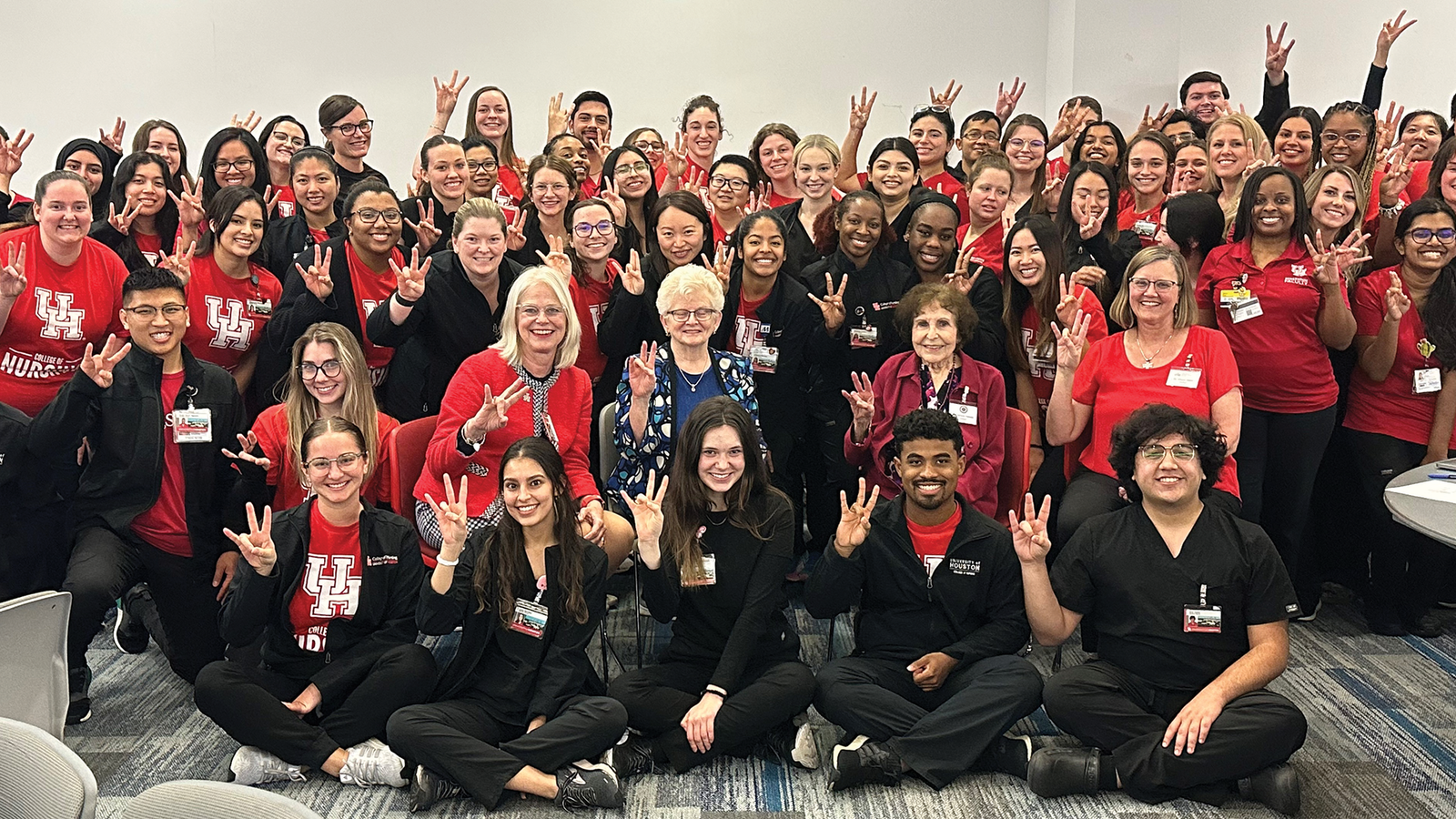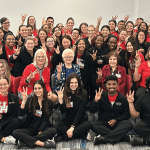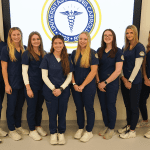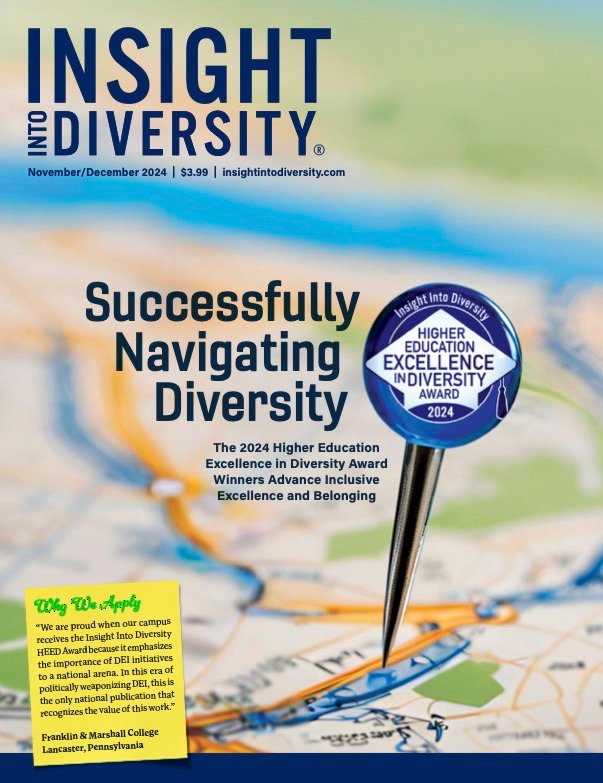A newly revamped curriculum embedded with diversity, equity, and inclusion (DEI) topics launched this fall in the Kinesiology and Health Promotion Program (KHP) at California State Polytechnic University, Pomona (Cal Poly Pomona). Previously, just a single course addressed these issues.
DEI is now integrated throughout the program’s curriculum and student outcome assessments. The new KHP curriculum includes 50 total course changes with DEI topics at the forefront, including new offerings and revisions to major core, general, and elective classes.
Kinesiology students pursue a variety of career roles in the allied health fields, including physician’s assistant, physical therapist, occupational therapist, and athletic trainer. Some earn their master’s degrees and others also go on to medical school.
“[Students must] understand that everyone has their own perspectives, backgrounds, hurdles, barriers, facilitators, all of that. It best serves them for their future career if their curriculum and [training] has diversity and inclusion,” says Zakkoyya Lewis-Trammell, PhD, associate professor.
The curriculum should reflect the students as well as the diverse patients they are serving, she says. Cal Poly Pomona is a Hispanic-Serving Institution, and 57 percent of students are first generation, and 55 percent are from racially underrepresented groups.
Major changes made in the core curriculum include two new classes: Foundations of Adapted Physical Activity, which exposes students to working with people with disabilities, and Philosophical and Ethical Issues. Students in introductory courses learn how intersecting identities play a role in the allied health fields.
Since fall of 2019, the number of tenured KHP faculty members has more than doubled, allowing for enhanced diversity in thought, background, and perspective, Lewis-Trammell says. So when a Faculty-Led Curricular Redesign for Student Achievement Grant became available for all degree programs at six California State University schools, KHP applied and became one of 15 programs to receive funding.
To focus on the redesign process, faculty and staff with a mix of expertise in kinesiology programs held a five-day retreat. They were mindful of creating a curriculum that addresses all aspects of DEI, Lewis-Trammell says.
“Inherently, we don’t talk much about religion, but it’s not just race and ethnicity; it’s diversity of thought, physical ability, gender identity and expression — we tried to touch on all of those points within the course learning objectives throughout the classes,” she says.
In addition to changes in course content, classes were also modified to be more equitable for students. Some course order completion requirements were removed, allowing students to graduate in a more reasonable timeframe.
While she’s optimistic, Lewis-Trammell says it’s too early to measure the success of the new curriculum. There will be ongoing assessments of classes by faculty as well as an exit survey completed by students.●
Nikki Brahm is a senior staff writer for INSIGHT Into Diversity.
This article was published in our December 2022 issue.




















